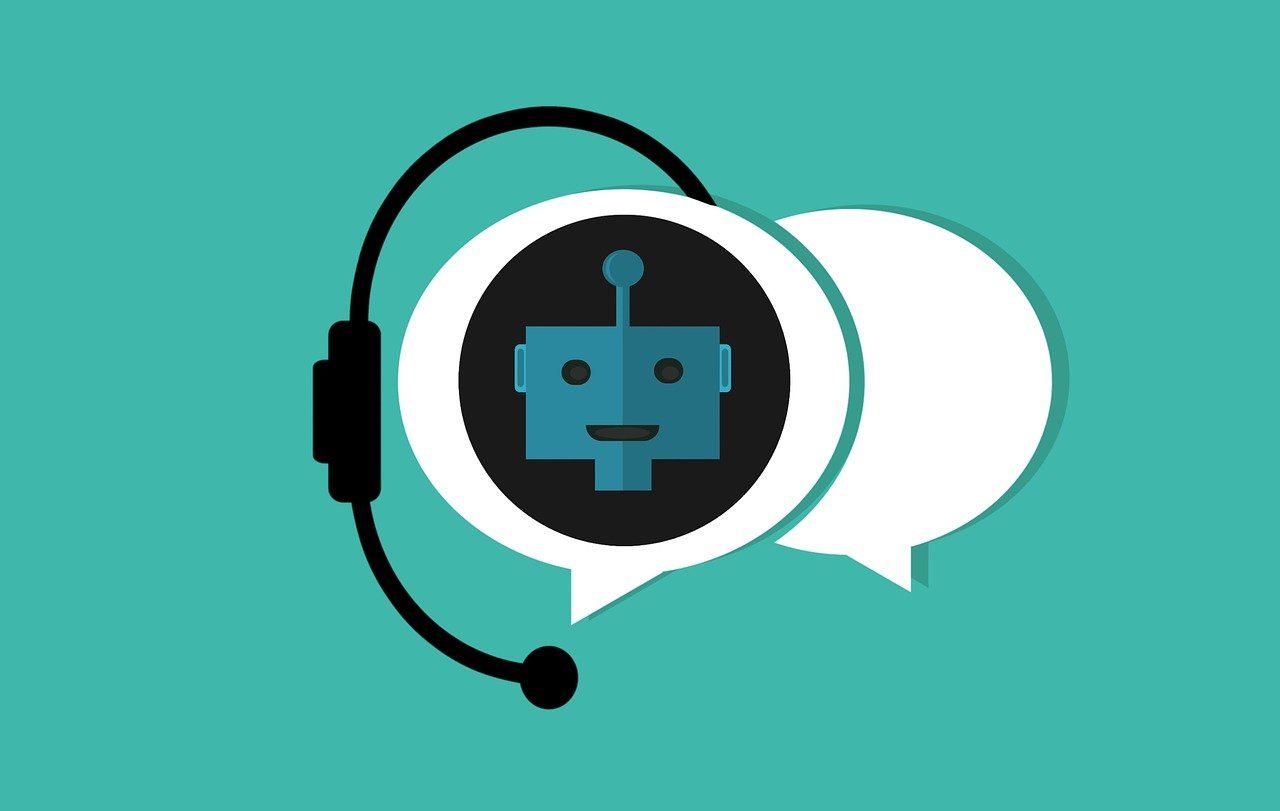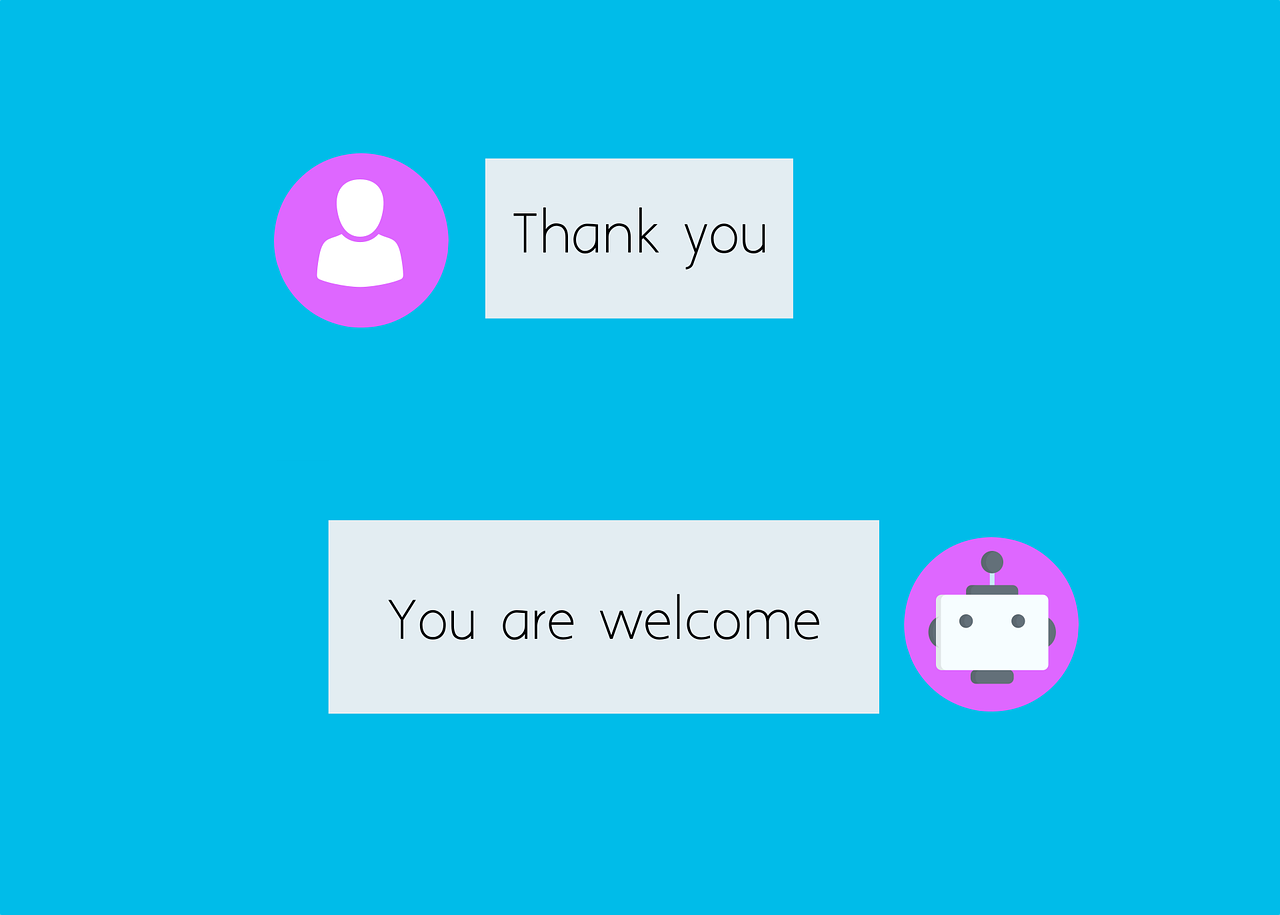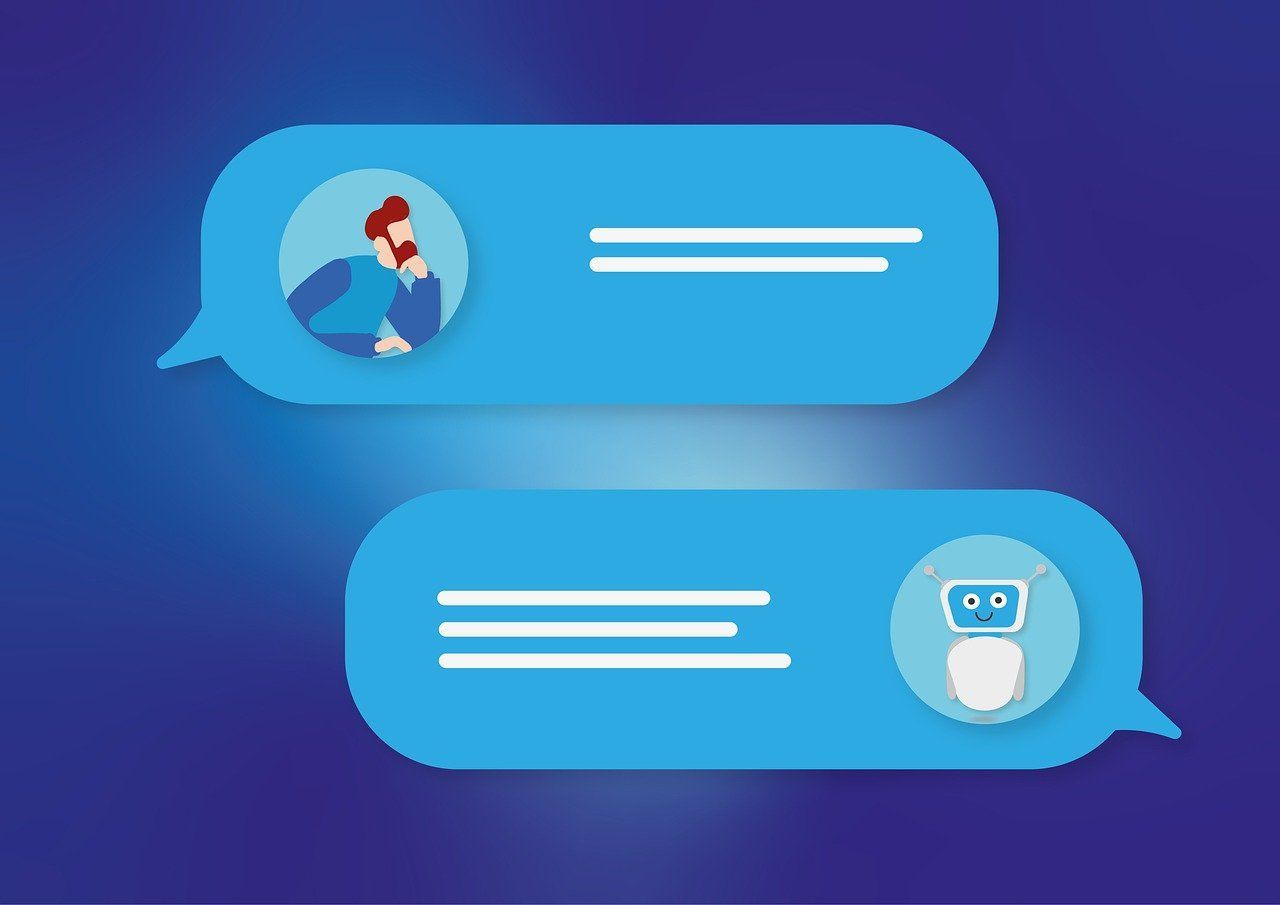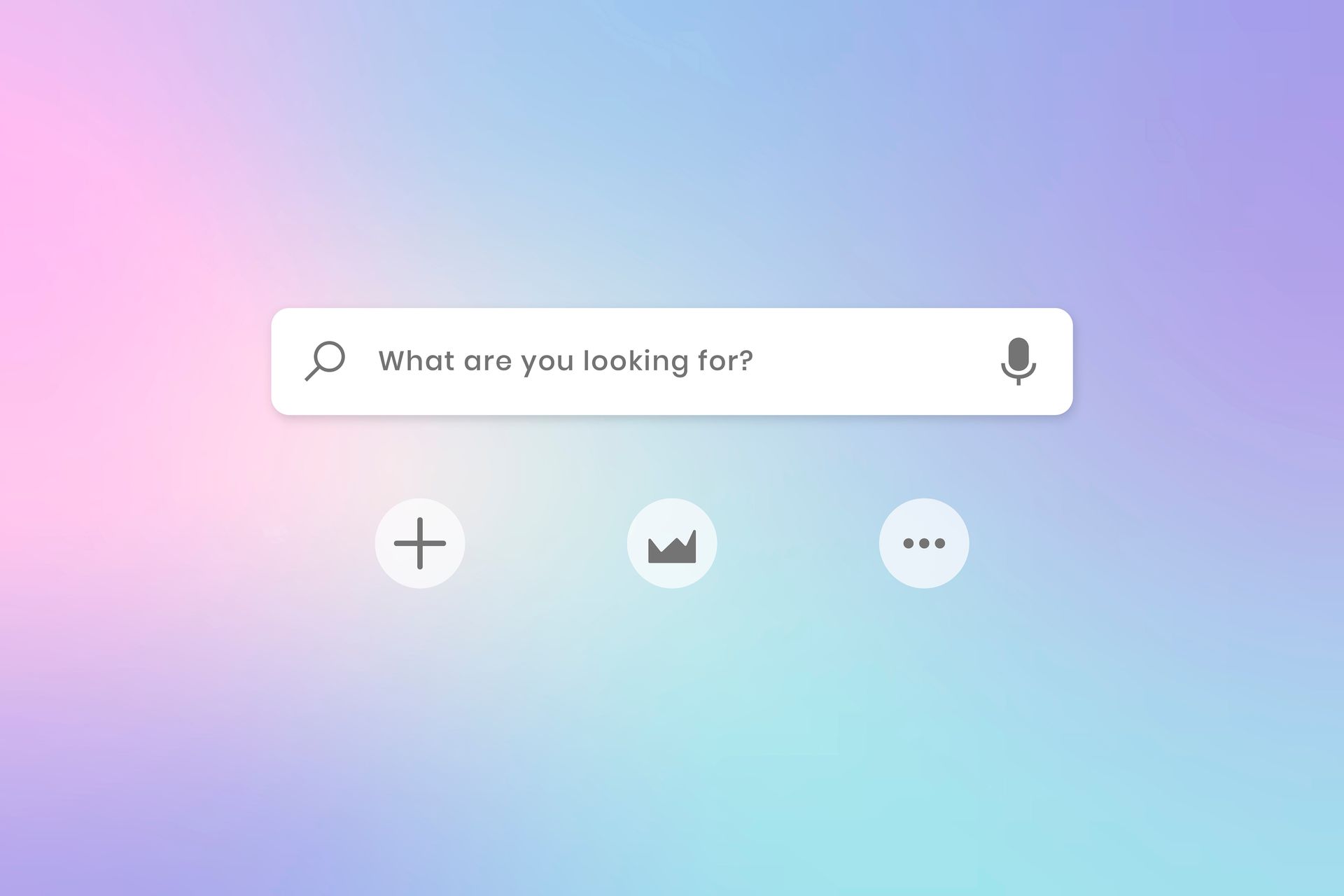Integrating Chatbots in Customer Service: Pros and Cons
Before you decide, it's essential to understand the pros and cons of integrating chatbots into customer service. After all, this can present both opportunities and challenges. As such, the multifaceted nature of bot implementation requires surprisingly thorough introspection.
Understanding the basics of chatbots
A solid grasp of chatbots will help a ton when setting up the perfect website. These virtual assistants interact with visitors, providing instant support. There are two main types: rule-based and AI-driven. While the former follows predefined commands, the latter learns from interactions. Of course, both have unique advantages, and it's best to look more deeply into them before deciding to do so!
Pros of Integrating Chatbots
24/7 availability
24/7 availability is a standout feature of integrating chatbots in customer service. They tirelessly cater to customer inquiries around the clock. So, barring website maintenance, they can always be available. This ensures that people can receive assistance promptly, regardless of their time zone or when they visit the website. Whether during office hours or late at night, bots are ready to engage with users and address their needs. This level of accessibility enhances satisfaction and fosters loyalty to the brand! More importantly, it allows businesses to extend their reach to an enormous global audience without the constraints of traditional working hours.

Scalability
Scalability is a crucial advantage of integrating bots into your website. These virtual assistants can handle several conversations simultaneously, efficiently managing high volumes of inquiries. As businesses grow and demand increases, bots can effortlessly scale to accommodate the workload. This flexibility ensures that your business operations remain smooth and efficient, even during peak periods of activity. Unlike human agents, bots don't experience fatigue or burnout, allowing them to deliver quick responses and support consistently. Finally, scalability enables businesses to adapt to fluctuations in traffic without the need for additional resources.

Cost-effectiveness
Cost-effectiveness is a significant benefit of integrating bots. By automating repetitive tasks, bots reduce the insane workload of human agents, allowing them to focus on more complex issues. This optimization of resources leads to increased productivity and efficiency. Likewise, chatbots operate 24/7, providing round-the-clock support without incurring overtime costs or hiring additional staff. Therefore, businesses can save on labor expenses while promptly addressing inquiries. Finally, the initial investment in implementing the technology is often outweighed by super long-term cost savings achieved through improved operational efficiency and reduced staffing needs.
Cons of integrating chatbots
Limited understanding
Limited understanding can be a challenge when integrating chatbots. While they excel at handling routine queries, complex or nuanced questions may confuse them. This limitation can frustrate people looking for specific or detailed assistance. However, businesses can mitigate this issue by providing clear instructions for interacting with the bot and implementing fallback options when the bot cannot adequately address a query. Besides, leveraging AI technology can help improve bots' comprehension capabilities over time, enabling them to handle more diverse inquiries effectively.
Lack of empathy
The lack of empathy in chatbots presents a notable drawback in customer service interactions. Unlike human agents, bots may struggle to understand and empathize with customers' emotions or sentiments, particularly in sensitive situations. This can lead to a disconnect in communication and may make people feel misunderstood or dissatisfied with the support received. Yet, businesses can address this challenge by supplementing bot interactions with personalized responses from human agents when necessary. Furthermore, incorporating empathy training into chatbot programming can help enhance their ability to recognize and respond to emotions effectively.

Dependency on technology
Dependency on technology is a notable concern when integrating chatbots into customer service operations. Businesses rely on these virtual assistants to handle inquiries efficiently, but technical failures or glitches can disrupt the customer service experience. Such incidents can lead to customer frustration and dissatisfaction without a human fallback option. Moreover, bots require regular maintenance and updates to ensure optimal performance, increasing reliance on technology. So, to mitigate this dependency, businesses should implement robust backup systems and contingency plans to address technical issues promptly. Similarly, investing in ongoing training and support for IT staff responsible for managing bot operations can help minimize the risk of disruptions.
Ensuring data privacy and security
Ensuring data privacy and security is a big part of integrating chatbots into customer service successfully. Businesses must safeguard sensitive customer information from unauthorized access or breaches! Implementing robust, tight security measures like encryption and access controls helps protect data integrity. Compliance with regulatory frameworks, like GDPR and CCPA, further ensures legal adherence and builds customer trust. Regular audits and monitoring help identify vulnerabilities and address them promptly, too. Businesses are committed to customer trust and loyalty by prioritizing data privacy and security. Moreover, transparent communication about data handling practices enhances transparency and fosters positive customer relationships.
Measuring success and iterating
Measuring success and iterating are essential steps in optimizing chatbot integration for customer service. Key performance indicators (KPIs) such as response time, resolution rate, and customer satisfaction provide valuable insights into chatbot effectiveness. By analyzing these metrics, businesses can identify areas for improvement and refine their chatbot capabilities accordingly. Regular feedback collection from customers also aids in understanding user preferences and refining chatbot functionality. In addition, continuous iteration and maintenance ensure that chatbots remain aligned with evolving customer needs and technological advancements. As a result, you must involve the correct integration professional when introducing chatbots to your website. After all, even when you're 'just' handling your Google business page or other forms of online listing setup, you want to let pros handle your GBP. The same logic applies here; you must pay attention to it!
Avoiding over-reliance on chatbots
Avoiding over-reliance on chatbots is essential for maintaining a balanced customer service approach. While chatbots offer efficiency and scalability, businesses must recognize the value of human intuition and empathy in specific interactions. By supplementing chatbots with human agents, particularly in complex or emotionally sensitive situations, companies can ensure a more personalized and empathetic customer experience. Regularly assessing the effectiveness of chatbots through performance metrics and customer feedback also allows businesses to identify instances of over-reliance and make necessary adjustments. Finally, regular website audits can help you decide whether you're overdoing things. This ensures that chatbots are utilized appropriately and complement human support rather than replacing it entirely!
Harness the potential of integrating chatbots in customer service
Considering the pros and cons of integrating chatbots in customer service unveils a complex subject. While they offer valuable advantages, they also face limitations that can make them less appealing. Therefore, balancing automation and human touch is essential for businesses aiming to optimize their operation. Companies can harness bots' potential by carefully weighing these factors while effectively mitigating their drawbacks!
Author Bio:
Charlie Woods is a seasoned customer support and website design specialist passionate about creating seamless online experiences. With years of expertise in assisting clients and optimizing website functionality, Charlie brings a unique blend of technical proficiency and a customer-centric approach to every project. Dedicated to delivering top-notch service and enhancing user satisfaction, Charlie is committed to helping businesses thrive in the digital landscape!
Picture Sources:
https://pixabay.com/illustrations/chatbot-chat-robot-instant-3936760/
https://pixabay.com/illustrations/chatbot-bot-assistant-support-icon-4071274/
https://pixabay.com/vectors/customer-service-chatbot-7325332/
https://pixabay.com/photos/chat-ai-chatbot-chatgpt-mobile-7767693/








